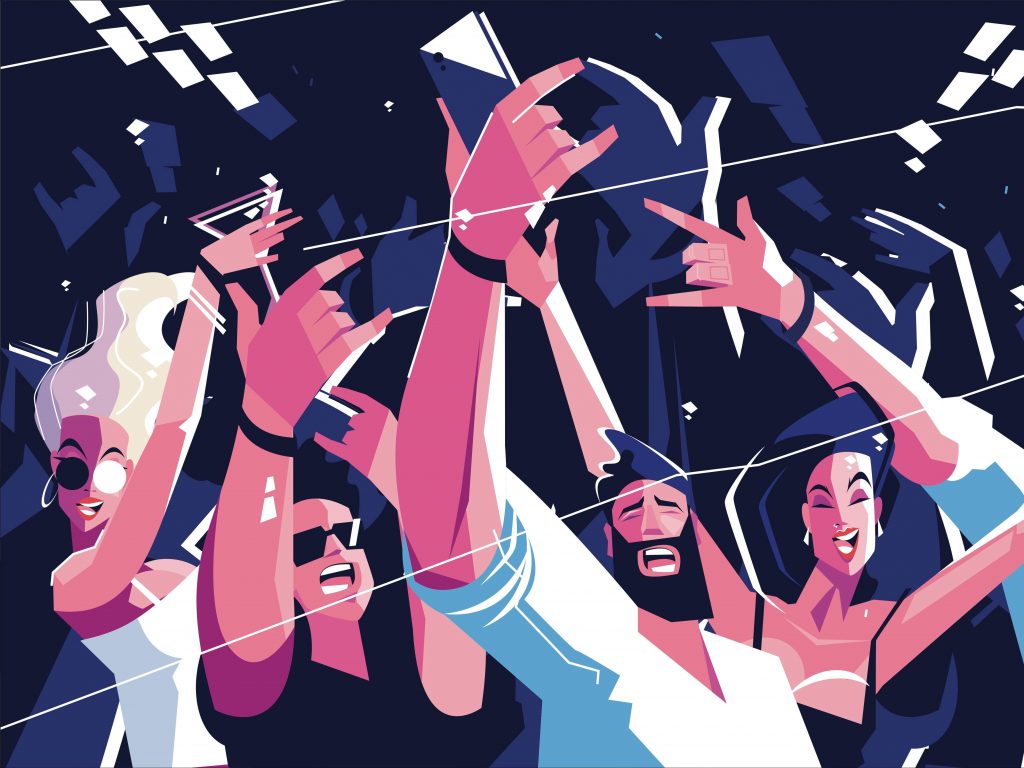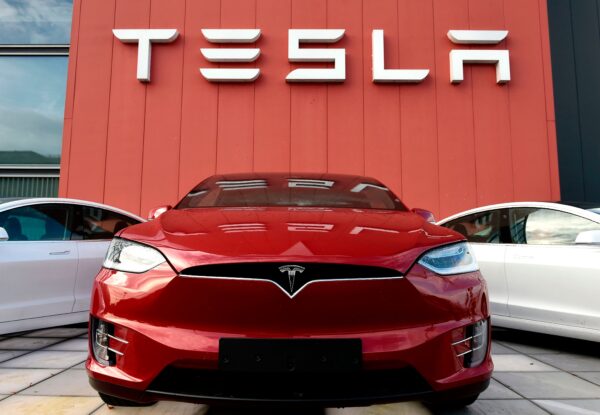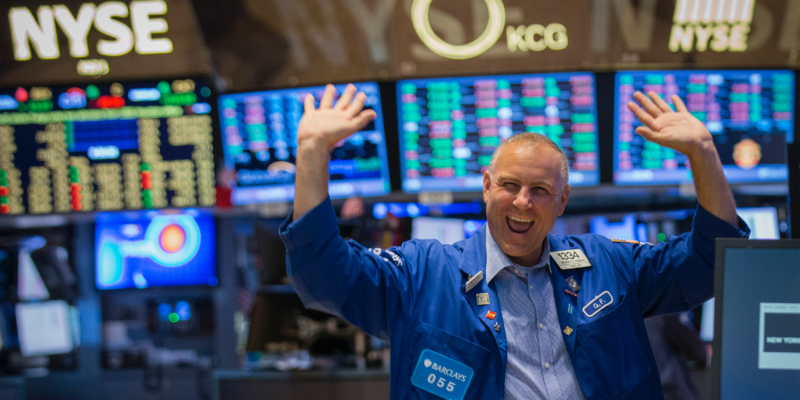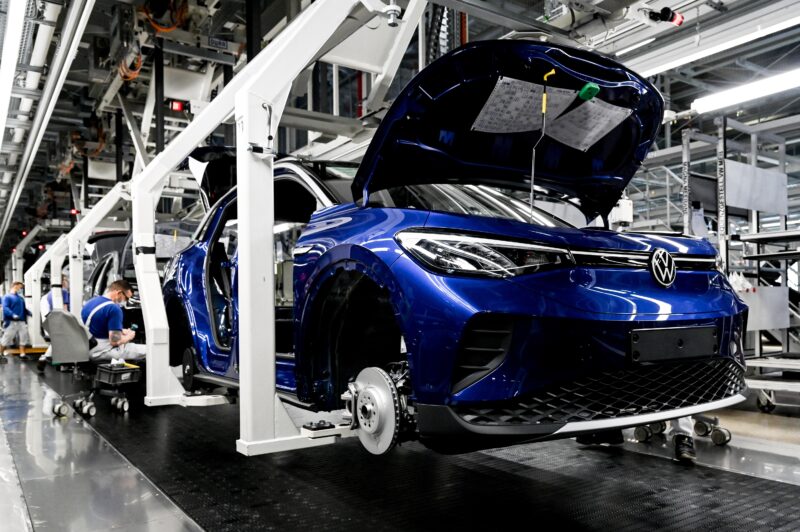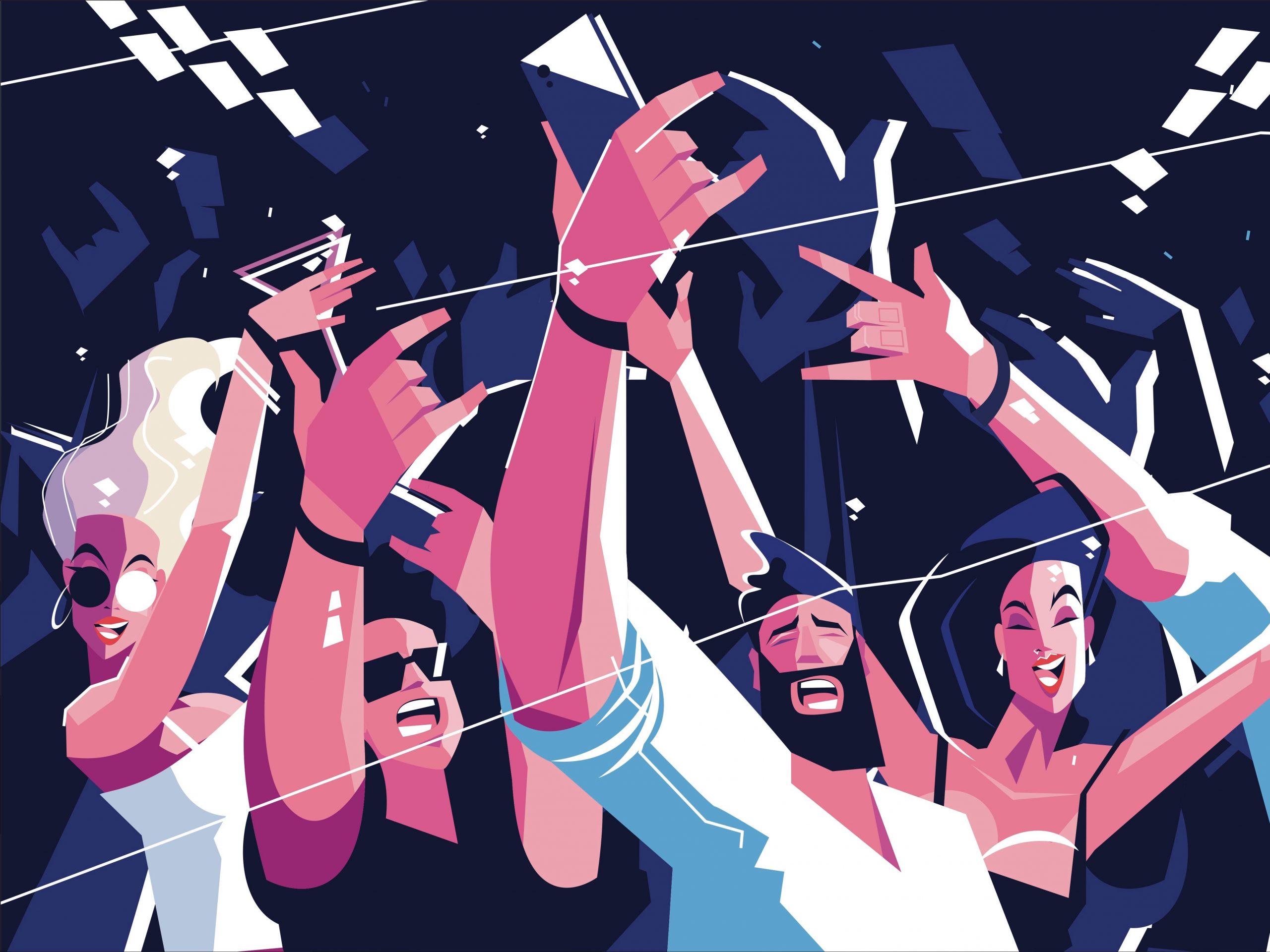
- In a new book, former CNN senior correspondent Laurie Segall writes about the personal lives of Silicon Valley's elite.
- She details monthly sex parties for "swingers," widespread polyamory, and the huge market for sex work in the tech community.
- Segall also attended wild parties alongside founders, VCs, and entrepreneurs.
Laurie Segall was eating oysters with a venture capitalist in San Francisco when she learned, to her shock, that polyamory and sex parties were ordinary among the Silicon Valley crowd.
"Everyone is experimenting," he told her.
It was 2015, and tech was a hot topic. Segall had already been interviewing founders and entrepreneurs about their careers as a journalist at CNN, but she wanted to know more about "the personal lives of the people coding our future."
Over the following years, she interviewed everyone from VCs to sex workers and discovered there was much more than met the eye.
Insider compiled six of the wildest details about Silicon Valley sex and party culture from Laurie Segall's new book, "Special Characters: My Adventures with Tech's Titans and Misfits."

1. A former software tech entrepreneur held a monthly sex party for Silicon Valley "swingers," among them software engineers, startup employees, and VC's.
Segall writes that the man who ran these parties, Ralph, told her there were over 4,000 tech employees on his mailing list. He invited her to one, at a "nondescript building" in San Fransisco.
When she arrived, couples were checking in on an iPad; the party also had its own app. Ralph told her that one swinger, an iPhone developer, was working on its interface, and "The guy who created our check-in software basically built Oracle!"
Segall said she made small-talk with a VC and his topless girlfriend, who worked at Google, and that later on in the night, Ralph led to a separate room upstairs.
"A bin of towels sat next to a door that led to a room carpeted in mattresses draped in red sheets and framed with blue pillows," Segall wrote. "The same VC I had spoken to earlier was on his knees, naked, a giant multi- colored tattoo on his lower back, thrusting back and forth."
2. Segall talked to multiple sex workers who said they routinely met with Silicon Valley big shots.
A dominatrix who worked out of Oakland met with Segall at her "secret dungeon." She said her clients were the ones who helped her create many of her high-tech accessories — which included gas masks with iPod earbuds attached, a crane that could lift up to 900 pounds, and a device that gave low-grade electric shocks.
"Where do you think all the Apple engineers get their creative inspiration?" she asked Segall. "I lock them up for the weekend."
There was never a shortage of clients. One sex worker said she'd see employees from a given startup pretty regularly. The company might fail or shut down, but there would always be an influx of fresh clients from the next startup to take their place.
A woman in the same field encouraged her coworkers to wear Game of Thrones-themed underwear to appeal to a nerdy — and wealthy — market, Segall wrote.
3. Polyamory became popular among Silicon Valley couples — including a "major founder of a software company who'd sold his company for millions."
"In technology, people have higher appetites for risk," the man said, in an anonymous interview with Segall. "Opening up your relationship is really risky in a similar way that starting a company is really risky."
Techies were already dabbling in LSD and microdosing for productivity, Segall explained; now, they were experimenting with different types of relationships too.
Chris Messina, an engineer at Twitter known for inventing the hashtag, told Segall that he was also polygamous. He offered a tech analogy: If a product — monogamy — is "failing 50 percent of the time, you might want to consider the design and think about ways of improving that."
4. Segall attended the engagement party of a woman who married a robot she built.
Segall landed an exclusive interview with a Parisian woman who said she fell in love with her own robot. Lily called her plastic fiancée "InMoovator," and explained that she was drawn to his logic and predictability — as opposed to humans' volatility.
"She bent his arms so they wrapped around her waist. At first, she was shy, but eventually," Segall wrote, "it was as if the cameras were gone. She stroked his plastic head and whispered, 'I love you, my angel.'"
5. SXSW was 'spring break for nerds' where up-and-coming founders, VCs, and celebrities attended lavish parties.
Tech had become a main focus of SXSW, a weeklong media conference in Austin, and Segall spent night after night sneaking into parties and interviewing founders, including Twitter's CEO at the time, Ev Williams.
At an afterparty hosted by Foursquare, "Ashton Kutcher stood around nonchalantly while nerds pretended he was one of them," said Segall. "People later floated in for Kutcher's invite-only jam sessions, where entrepreneurs stayed up all night drinking whiskey and discussing the future."
6. Defcon's afterparty in Las Vegas was "filled with hackers, tequila, and debauchery."
Segall was a guest at Defcon, which is known as the world's largest hacker convention, and went to a party that night with her associate.
"As we walked in, fire dancers juggled bright flames against a backdrop of palm trees that stretched over slot machines," Segall wrote.
When a man took his shirt off and did a cannonball in the decorative pool, another partygoer pointed out that he was a hacker who worked against Chinese and Russian spies.
Read an excerpt from "Special Characters: My Adventures with Tech's Titans and Misfits" by Laurie Segall.
